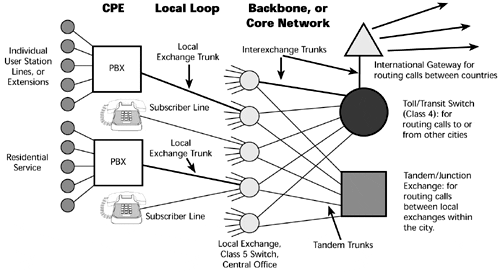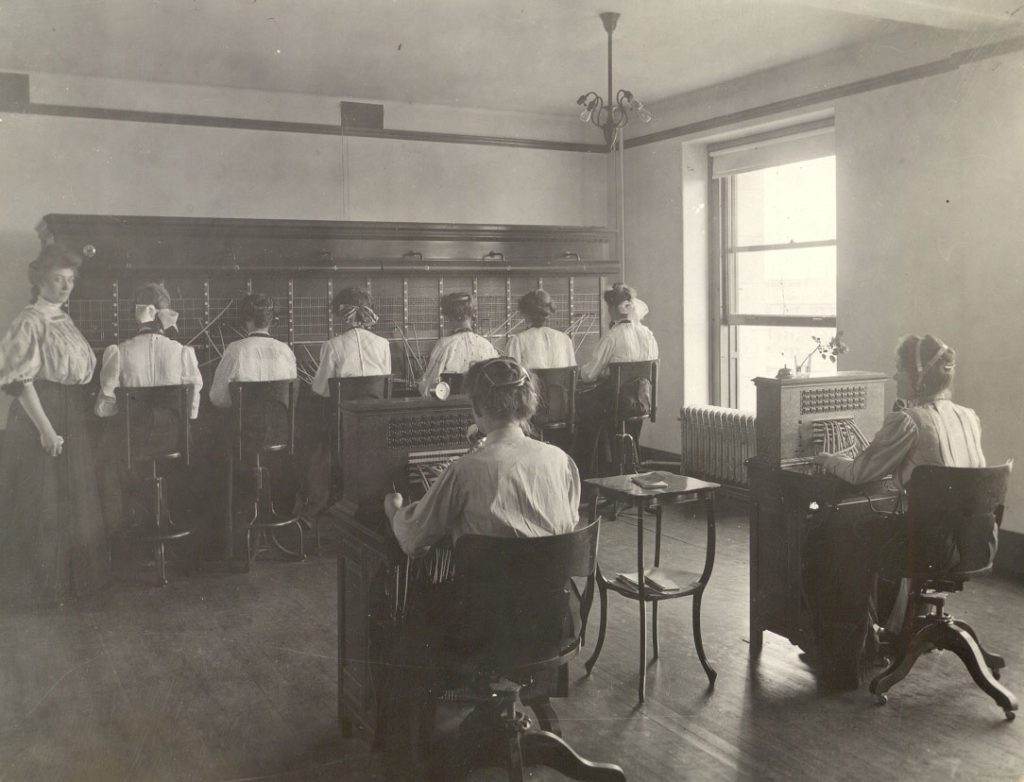Introduction
Effective communication is the backbone of any successful business, and telephony systems have been a crucial tool for businesses to communicate with their customers and employees for over a century. Today, businesses have access to advanced Private Branch Exchange (PBX) systems that offer a range of features and functionality to meet their communication needs. In this article, we will explore the evolution of telephony and PBX systems and how they have revolutionized business communication.
The Evolution of Telephony
The invention of the telephone by Alexander Graham Bell in 1876 marked the beginning of a new era in communication. The first telephones were simple devices that enabled voice communication over a distance. Calls were routed through the Public Switched Telephone Network (PSTN), a global network of physical wires, fibre optic cables, and switching equipment that allowed people to make voice calls to each other over long distances.

Over time, telephony technology evolved, and in the 1960s, PBX systems were introduced to the business world. PBX systems allowed businesses to manage their internal communication needs, such as routing calls between employees and departments, and creating custom extensions for each employee.
The Early Days of PBX Systems
Early PBX systems were hardware-based and used analogue technology to route calls. These systems consisted of a physical switchboard, which connected incoming calls to the appropriate internal extensions using physical wires. Operators would manually patch cables from the incoming line to the appropriate extension, enabling communication between the caller and the employee. When you wanted to talk to another person, you would ring the operator and give the name or number of the other party. Then the operator would connect a patch cord ( a 2-wire cable with a jack plug on each end ) between the two phones and the two people could communicate. Using a patch cord – a 2-wire cable with a jack plug on each end – the operator would connect each party’s jack socket. Then the receiving party’s telephone bell would ring and the two parties could communicate.


As technology advanced, PBX systems became more sophisticated, with features such as automated call routing, call forwarding, and voicemail. These features made it easier for businesses to manage their communication needs and improve the efficiency of their internal operations.
Digital PBX Systems
In the 1980s, digital PBX systems were introduced, using digital signal processing (DSP) technology to convert analogue voice signals into digital data that could be transmitted over digital networks. These systems were more reliable, and scalable, and offered a wider range of features than their analogue predecessors.
The advent of digital PBX systems also paved the way for computer-based telephony systems, allowing businesses to integrate their communication systems with their computer networks.
Digital PBX systems refer to phone systems that use digital technology to handle and route calls. They can be either hardware-based or software-based, and offer a range of features and capabilities that traditional analog PBX systems cannot match. This enabled employees to access their PBX features from their desktops and laptops, improving productivity and collaboration.
The Rise of VoIP
In the early 2000s, Voice over Internet Protocol (VoIP) technology emerged, offering a new way to transmit voice communication over the Internet. VoIP systems used packet-switching technology to break down voice signals into small packets that could be transmitted over the internet and reassembled at the other end. This technology offered significant cost savings and allowed businesses to make long-distance calls without incurring high charges.
Today, VoIP technology has evolved, and businesses have access to advanced cloud-based PBX systems that offer a range of features, including video conferencing, instant messaging, and virtual receptionists. These systems are highly scalable and customizable, and offer businesses the flexibility they need to meet their communication needs.
Benefits of PBX Systems for Businesses
PBX systems offer a range of benefits for businesses, including:
- Cost Savings: PBX systems offer significant cost savings compared to traditional phone systems, with features such as virtual receptionists, automated call routing, and voicemail reducing the need for dedicated staff.
- Increased Efficiency: PBX systems enable businesses to manage their communication needs more efficiently, with features such as call routing, call forwarding, and voicemail reducing the time and effort required to manage incoming calls.
- Improved Collaboration: PBX systems enable employees to communicate more effectively, with features such as video conferencing and instant messaging improving collaboration and productivity.
- Scalability: PBX systems are highly scalable, allowing businesses to add or remove users and features as needed, making them an ideal solution for businesses of all sizes.
- Customizable: PBX systems are highly customizable, allowing businesses to tailor their communication systems to meet their unique needs. Businesses can choose from a range of features and add-ons to create a communication system that works best for them.
- Flexibility: With the rise of cloud-based PBX systems, businesses can now access their communication systems from anywhere, using any device with an internet connection. This enables remote workers to stay connected and productive, regardless of their location.
Conclusion
Telephony and PBX systems have come a long way since the early days of the telephone. Today, businesses have access to advanced communication systems that offer a range of features and functionality to meet their unique needs. From early hardware-based PBX systems to the latest cloud-based solutions, the evolution of telephony and PBX systems has revolutionized business communication, making it easier, more efficient, and more cost-effective than ever before. As businesses continue to evolve, so too will the technology that powers their communication systems, ensuring that they remain at the forefront of innovation and efficiency.